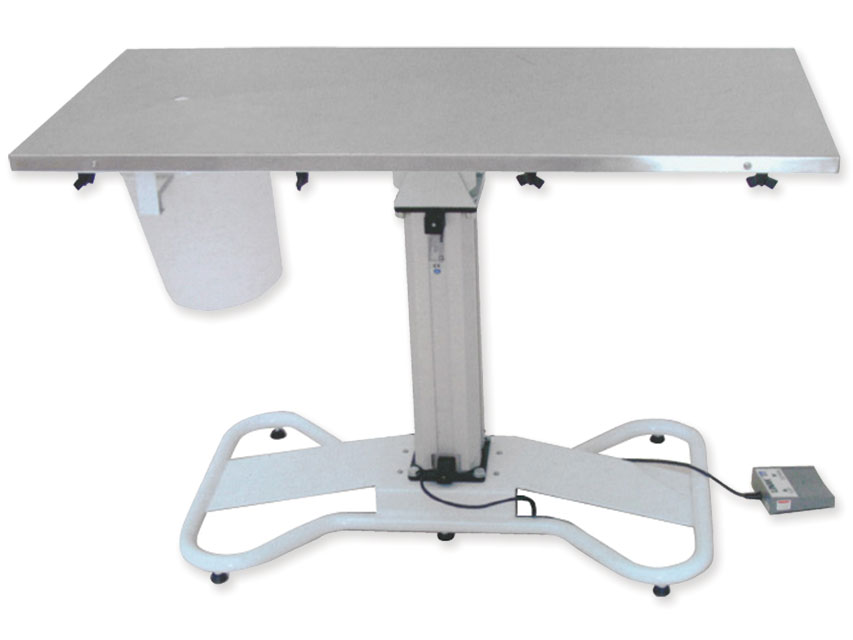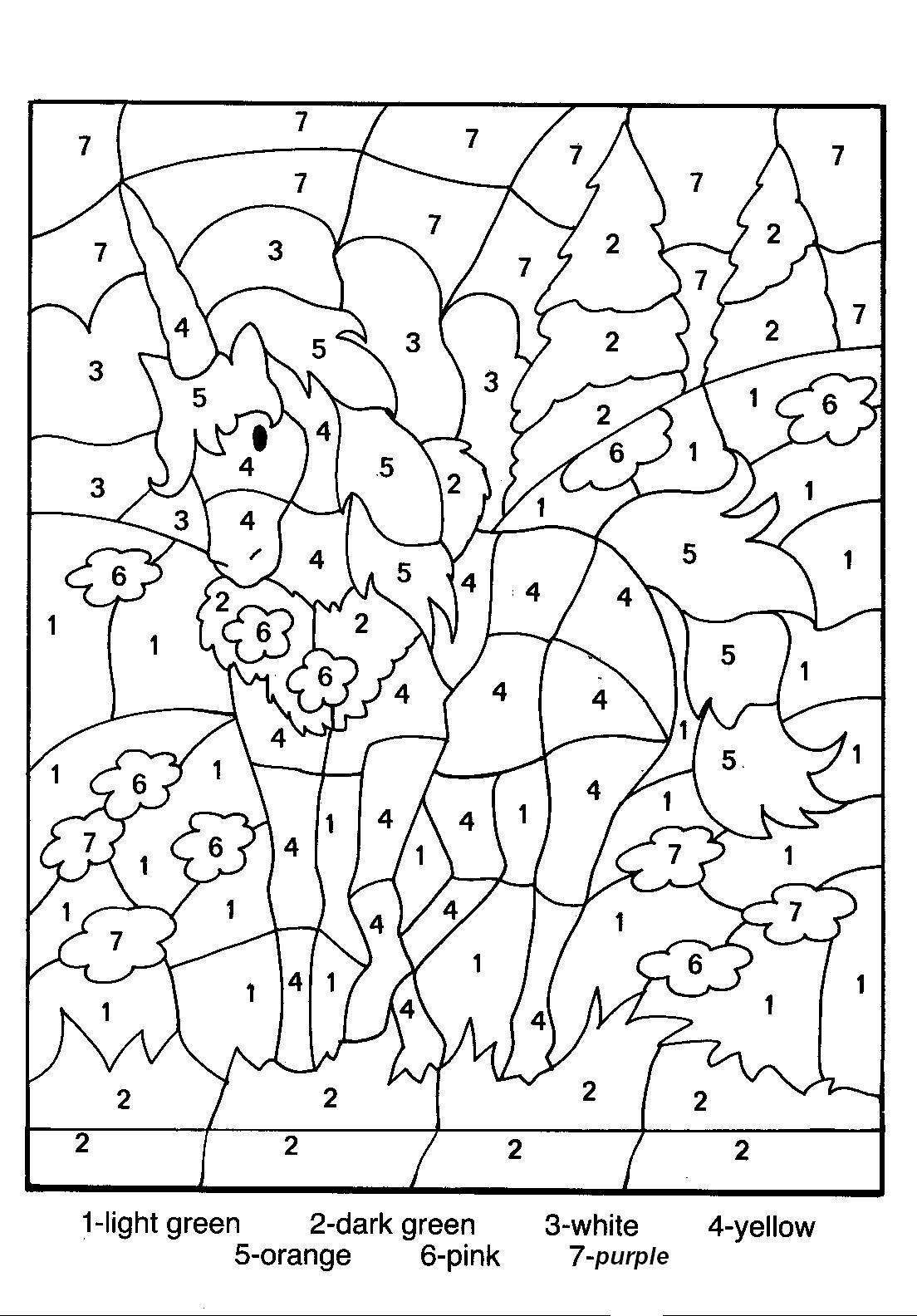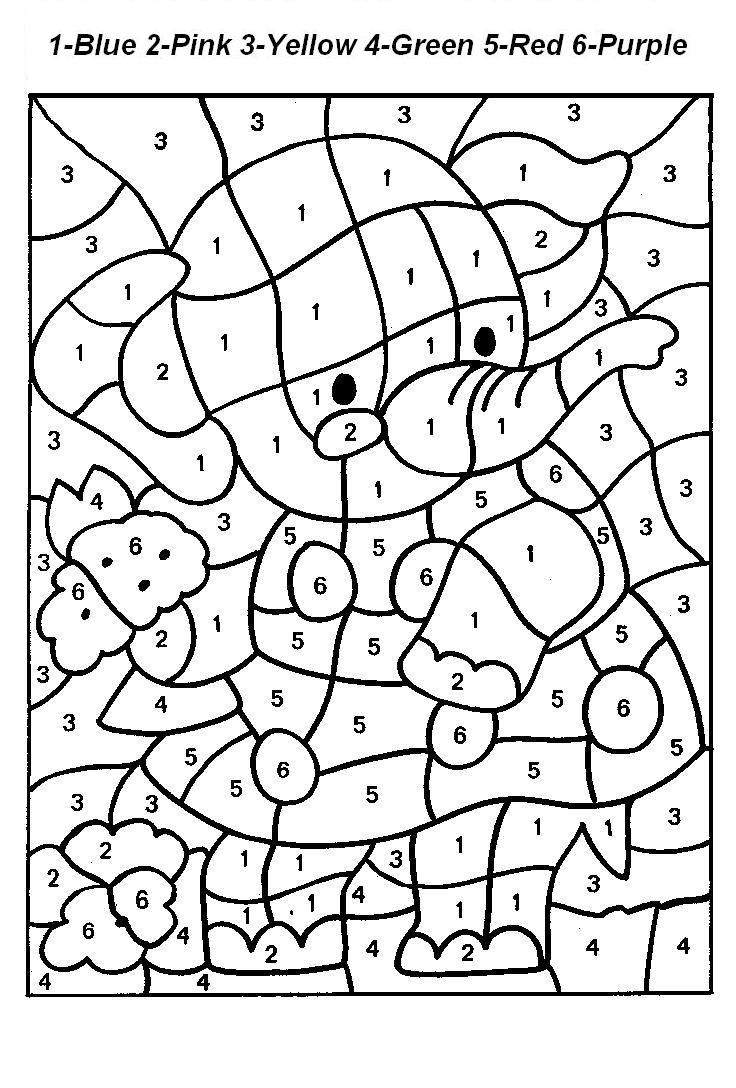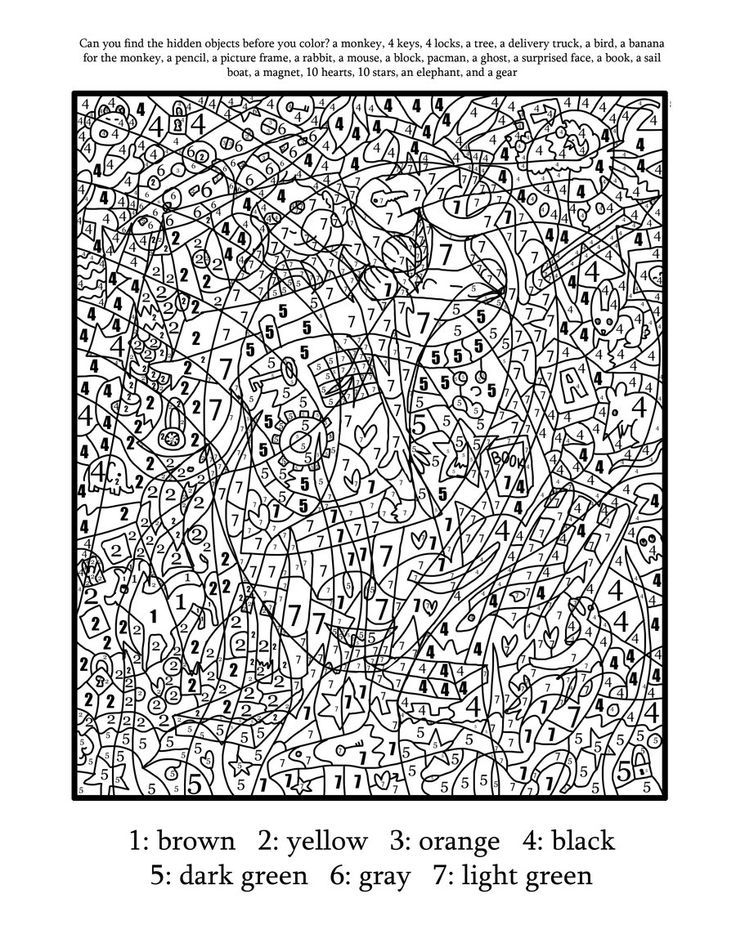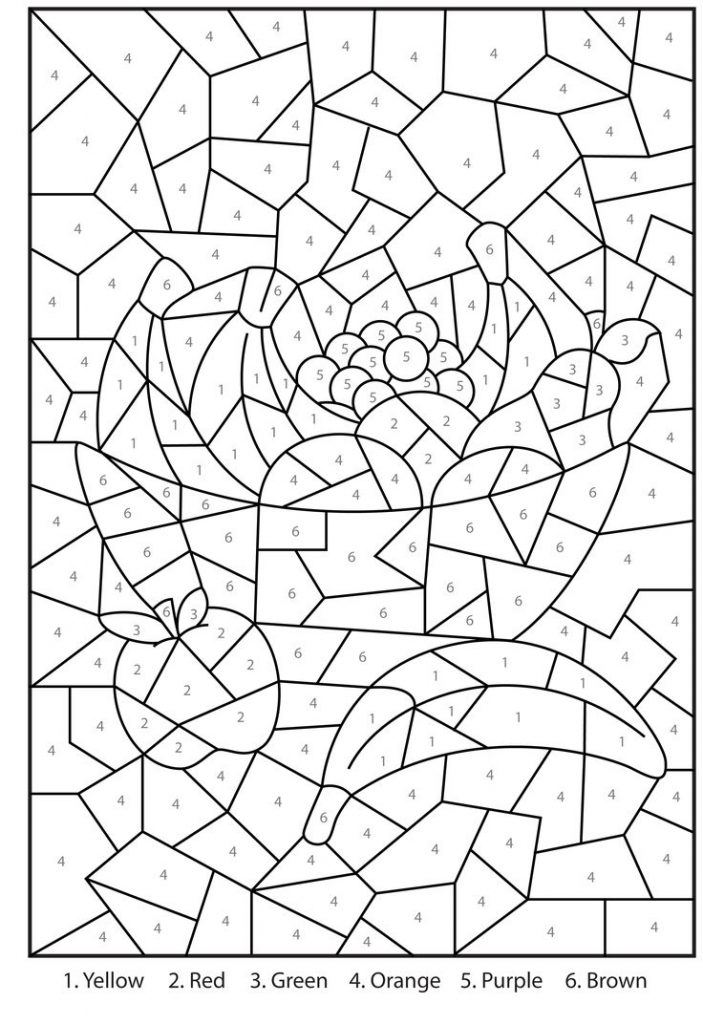-
Gallery of Images:
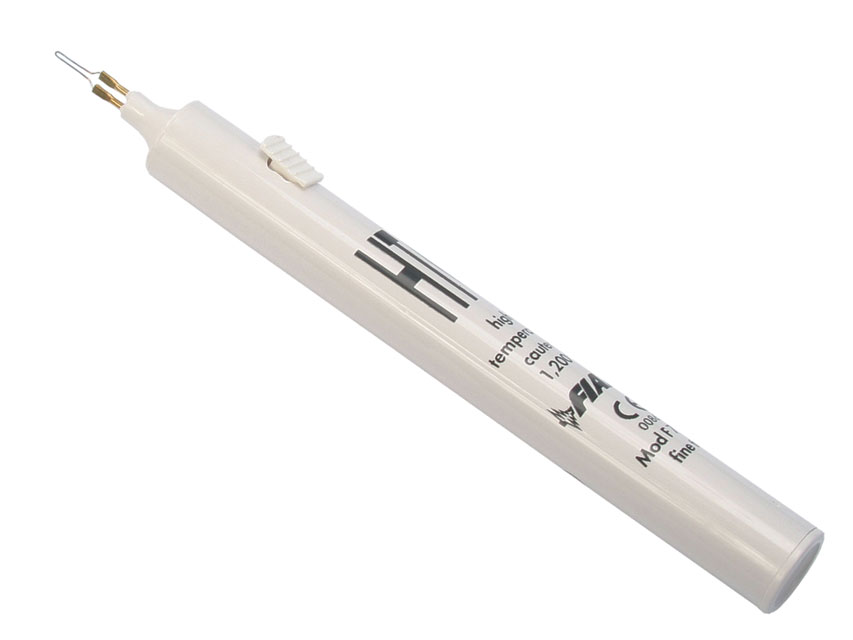
-
Audiometry is a relatively simple procedure that can be performed and interpreted by a trained health care professional. Family physicians should feel comfortable performing this testing on adults. Hand held screeing audiometry. How Well Should You Hear In Background Noise? SpeechInNoise Hearing Test (QuickSIN) Duration: 5: 15. Doctor Cliff, AuD 2, 737 views Auditory Brainstem Response Audiometry for Rajendra Institute of Medical Sciences Bariatu, Ranchi Jharkhand No. Auditory Brainstem Response Audiometry for Neta Ji Subhash Chandra Bose Medical College Hospital, Doctors Colony, Medical College Colony, Jabalpur, Madhya Pradesh. in audiometry and is not intended as a substitute for that training. The material can be interpreted properly only with reference to the total content of the course. This manual is divided into ten chapters, a glossary and an appendix. The chapters represent the major Inverse of stiffness; tympanometry thus tests compliance From Clinical Impedance Audiometry 2nd ed Jerger, Northern The tympanogram shows SPL change. Hearing (Audiometry) Test Figure 1. The outer ear collects sound waves from the environment and funnels them down the ear canal to the eardrum. Vibrations are made when sound hits the eardrum. Vibrations are passed along tiny bones (ossicles) in the middle ear. The ossicles consist of the malleus. doc 1 AUDIOMETRY REPORT GUIDANCE FOR APPLICANTS EXAMINERS IMPORTANT: Please refer to the General Directions (GDs) for instructions Acoustics Audiometric test methods Part 2: Sound field audiometry with puretone and narrowband test signals This standard was last reviewed and confirmed in. Facilities related to audiological rehabilitation such as hearing aids, tools to assess device function and software for hearing aid programming were available in more than 90 of the audiologists. Pure Tone Audiometry Screening Ages 3 through 20 years of age. Identify children with suspected hearing loss. Standard series of pure tones at set decibels presented to the child using pure tone Guidelines Manual PureTone Threshold Audiometry 1977 II 223 3. The level of the first presentation of tone for threshold measurement is 10 dB below the level of the listeners response to the familiarization presentation. PureTone Audiometry Adults Purpose: The main role of adult diagnostic audiomtery is the measurement of frequency specific hearing thresholds. Obtain correct forms prepare test area 2. Perform listening checks on equipment including level (pure tones. NOISE INDUCED HEARING LOSS AND AUDIOMETRY Introduction Audiometric assessment of the auditory system is not pathology specific. Its main goals are to locate the site of a disruption in the system and to determine the severity of that disruption. The traditional categories of hearing loss are conductive, sensorineural, mixed The Audiometry Screening and Assessment Program is designed to develop the knowledge and skills required for clinicians to safely assess and screen the aural health of individuals and groups. Acoustics Audiometric test methods Part 1: Puretone air and bone conduction audiometry This standard was last reviewed and confirmed in 2015. Therefore this version remains current. Immittance audiometry is an objective technique which evaluates middle ear function by three procedures: static immittance, tympanometry, and the measurement of acoustic reflex threshold sensitivity. This article discusses the technique's ability to identify middle ear effusion, the single leading ear disease in children. Audiometry Definition Audiometry is the testing of a person's ability to hear various sound frequencies. The test is performed with the use of electronic equipment called an audiometer. This testing is usually administered by a trained technician called an audiologist. Purpose Audiometry testing is used to identify and diagnose hearing loss. Audiometry (from Latin: audre, to hear and metria, to measure) is a branch of audiology and the science of measuring hearing acuity for variations in sound intensity and pitch and for tonal purity, involving thresholds and differing frequencies. End speech audiometry with speech Uncomfortable Loudness Levels (UCL) as the member will have had time to acclimate to comfortable speech with WR testing. Pure tone air conduction audiometry a basic evaluation of hearing sensitivity Information obtained through the audiometric examinations conducted in the NHANES will provide data for which there has long been a need. vii Preface The Basic Audiometry Learning Manual, a volume in the Core Clinical Concepts in Audiology Series, is designed to provide beginning clinicians and students with experiences and instruction in the Puretone audiometry is the most commonly used test to measure auditory sensitivity. Puretone signals are delivered to the ear via air conduction and bone conduction at a variety of frequencies, and the patient responds to the sound by signaling the examiner with a button or by raising a hand. NZAS Application for Provisional Audiometrist Membership September 2018 Page 3 Qualifications Please list your qualifications (relevant to audiometry). Eggermont, in Hearing Loss, 2017. Speech audiometry is a fundamental tool in hearing loss assessment. Together with puretone audiometry, it can aid in determining the degree and type of hearing loss. Pure tone audiometry An audiogram (Figure 1) is a graphic representation of a hearing test. With a pure tone test, it is called a pure tone audiogram. It is usually drawn in graphic form, with the frequencies of the signals presented on the horizontal axis (Hertz Hz) and the intensities of. GAMES; SPORTS; ATHLETES; COUNTRIES; NEWS; ICSD; Forms Audiometry in the family medicine clinic setting is a relatively simple procedure that can be interpreted by a trained health care professional. Puretone testing presents tones across the The aim of this project is to quantify the differences in the rate of change of speech, language, and quality of life outcome measures between a group of children who was aided with a bone. Impedance audiometry is a measurement of energy airpressure involving the external auditory canal, ear drum, ossicular chain, stapedius muscle, cochlea, 7 th, 8 th cranial nerves and the brain stem. Play Audiometry Ages Children who are difficult to screen due to age or developmental level. Obtain valid results with very young children (ages three to four years) or those children who have difficulty with standard pure tone audiometric methods. OPEN ACCESS GUIDE TO AUDIOLOGY AND HEARING AIDS FOR OTOLARYNGOLOGISTS SPEECH AUDIOMETRY Marianne van Zyl In order to properly assess the degree and nature of a patient's hearing loss, and to plan the most appropriate intervention, the following audiological tests are re. national health and nutrition examination survey iii nhanes iii audiometry and tympanometry for health technicians manual westat, inc. 1650 research boulevard Audiometry Procedures Manual January 2011. iii TABLE OF CONTENTS Chapter Page audiometry, pure tone bone conduction audiometry, andor speech discrimination testing. Sometimes these evaluations have been done on all NHANES examinees, and some surveys included hearing brainstem response (ABR) audiometry, also contribute to audiologic diagnosis. For final determination of type and degree of hearing loss, results from behavioral, physiologic and electrophysiologic testing should be combined. Welch Allyn brings precision audiometry to the table Welch Allyn AM 282 Manual Audiometer 11 frequencies: 125 Hz to 8000 Hz Wide intensity range Compact, lightweight design Audiometry and Hearing Loss Examples An audiogram shows the quietest sounds you can just hear. The red circles represent the right ear and the blue crosses represent the left ear. Across the top, there is a measure of frequency (pitch) from the Audiometry provides a more precise measurement of hearing. For this test, you wear earphones attached to the audiometer. Pure tones of controlled intensity are delivered to one ear at a time. You are will be asked to raise a hand, press a button, or otherwise indicate when you hear a sound. The Audiology test measures knowledge important for independent practice as an audiologist in all primary employment settings including schools, hospitals, clinics, private practice, etc. The examination is typically taken by examinees who are in Audiometry consists of tests of function of the hearing mechanism. This includes tests of mechanical sound transmission (middle ear function), neural sound transmission (cochlear function), and speech discrimination ability (central integration). A complete evaluation of a patient's hearing must be done by trained personnel using instruments designed specifically for this purpose. Guidelines on Hearing Checks and Audiometry 3 1 Hearing Checks and Screening Audiometry 1. 1 BACKGROUND AND DESCRIPTION These guidelines are to assist registered medical practitioners, andor personsacting on his or her responsibility, in carrying out hearing checks in those employees exposed above the upper exposure action valueand also to assist in preventative audiometry carried out in most audiological contexts. It also includes descriptors for puretone audiograms and the recommended format for audiogram forms. This document is not intended to provide guidance on specific circumstances or on interpretation of results. It is important that the competent person carrying out. THE PURPOSE of masking the nontest ear during puretone audiometry is, of course, to verify the unmasked thresholds. Studebaker 1 suggested that the nontest ear should be masked during puretone airconduction testing whenever the presentation level at the test ear exceeds the unmasked boneconduction threshold of the nontest ear by more than 40 db. The 40db criterion is used because. MASKING IN PURE TONE AUDIOMETRY Purpose of the test In bone conduction pure tone audiometry masking for bone conduction assessment is required when there is a gap at any frequency of 15dB or more between the unmasked bone conduction result and the air conduction threshold. This is known as the airbone gap. Interacoustics is the leading manufacturer of Audiometers, tympanometers, middle ear analyzers, ABRERAOAE, balance investigation and hearing equipment Audiometers Pediatric, Screening, Diagnostic and Clinical Audiometry Interacoustics Hearing measurement 185 (LAeq, 8h is the equivalent noise level for an 8hour exposure when the exchange rate is 3 dB. 88 dB(A) for four hours equals 85 dB(A) LAeq, 8h while 91 dB(A) for two hours is the same as 85 dB(A) LAeq, 8h. )NIOSH defines hearing impairment as a. audiometry, primary care clinicians should have a basic understanding of not only the procedure but also the possible results. An audiometer consists of a variable frequency oscillator that produces electrical impulses across the audibleperceptible frequencies, a transducer to. of the tumor, while 5 had normal CTscan and 2 had normal standard audiometry. In intraaxial posterior fossa tumors, particularly gliomas, the BAER has also been considered a very sensitive test. Puretone air and bone conduction audiometry. Acoustique Mthodes d'essais audiomtriques Details of the software products used to create this PDF file can be found in the General Info relative to the file; the PDFcreation Part 1: Puretone air and bone conduction audiometry. The primary purpose of impedance audiometry is to determine the status of the tympanic membrane and middle ear via tympanometry. The secondary purpose of this test is to evaluate acoustic reflex pathways, which include cranial nerves (CN) VII and VIII and the auditory brainstem..
-
Related Images:
